If you needed to take notes in a portable fashion back in 1988 or 1989, you had many choices. The Atari Portfolio was small, lightweight, and ran for dozens of hours on commonly available AA batteries. The Tandy 102 (also known as TRS-80 Model 100), despite being half a decade old by that point, was also still a common choice. These were available for roughly $599 at the time, and also ran off of AA batteries. Lastly, there were several other machines on the market similar to the Tandy, like the NEC PC-8201 (and PC-8300), the Tandy WP-2, and even the Epson HX-20.
However, if you had $3,000 (equivalent to $7,500 in 2022), and wanted a full MS-DOS 3.3 machine with a backlight, this is where the original NEC UltraLite came into play.
At first glance, the UltraLite (when closed) could be mistaken for a widescreen laptop that’s more than a decade newer. However, once you open it up, its age becomes more apparent:
The UltraLite was the earliest thin-and-light laptop I’ve seen with the traditional clamshell form factor. There were other clamshell laptops at the time, such as the contemporary NEC ProSpeed and Toshiba T1000, but the UltraLite is only 1.4 inches (35mm) tall when closed! The machine weighs 4.4 lbs (2 kg) loaded.
It has a “silicon hard drive”, which was their name for a battery-backed memory disk, with either 1 MB or 2 MB (depending on the model number: PC-17-01 or PC-17-02). There’s a slot for an IC-style card, but when I checked the pinouts, it unfortunately doesn’t conform to JEIDA, ATA Flash, PCMCIA, or even SRAM – which was around at the time, as the Poqet PC used it – standards. They DID sell battery-backed RAM Disks in this format, although they were proprietary; they also sold ROM Disks, such as Microsoft Works.
The battery is a rechargeable pack composed of 6xAA (7.2V) upconverted to 12V. There’s also a VERY LONG backup battery, which powers the “silicon hard drive” for roughly 5 days. The DC power input jack uses a proprietary connector, specific to this model. I do have the original battery, but it’s heavily corroded, so I’ve been powering the machine with a bench power supply attached to the battery terminals.
(For preservation’s sake, I’ve included a picture of the main battery, despite the corrosion.)
The LCD is 640×200 (CGA) and uses an Electroluminescent (EL) backlight, similar to various other devices in the 1980s and 1990s: the SHARP OZ-730, Timex watches with Indiglo, and many synthesizers, to name a few. The UltraLite’s screen glows a pleasant blue-on-white.
The keyboard is decent, although not as nice as the later ThinkPad laptops with buckling sleeves, or the earlier Alps-based Toshiba luggables. However, one very unusual thing I noticed is that the CAPS LOCK indicator LED is built-in to the keycap, as opposed to being placed in a separate section with other indicators. This is something I didn’t start commonly seeing on laptops until well into the 2000’s or even 2010’s.
There are several traditional I/O Ports, such as an RS-232C (although it uses a round Mini-DIN connector) as well as two RJ-11 Modem ports. There’s also an expansion port, which is documented in the service manual. There was a floppy drive made for the UltraLite that plugs into its expansion port, but not many were sold, and it’s hard to find information about it today.
MS-DOS 3.3 is built into the machine’s ROM, along with LapLink, which makes file transfer surprisingly convenient if you have the right cables. A TSR (terminate-and-stay-resident program) called “SETUP” runs at boot, which allows you to access the hidden Setup menu by pressing Ctrl-Alt-S.
In summary, the machine is still very lightweight, true to its name, and would still be a fine portable writing machine… if you built a new battery for it and had the correct cables.

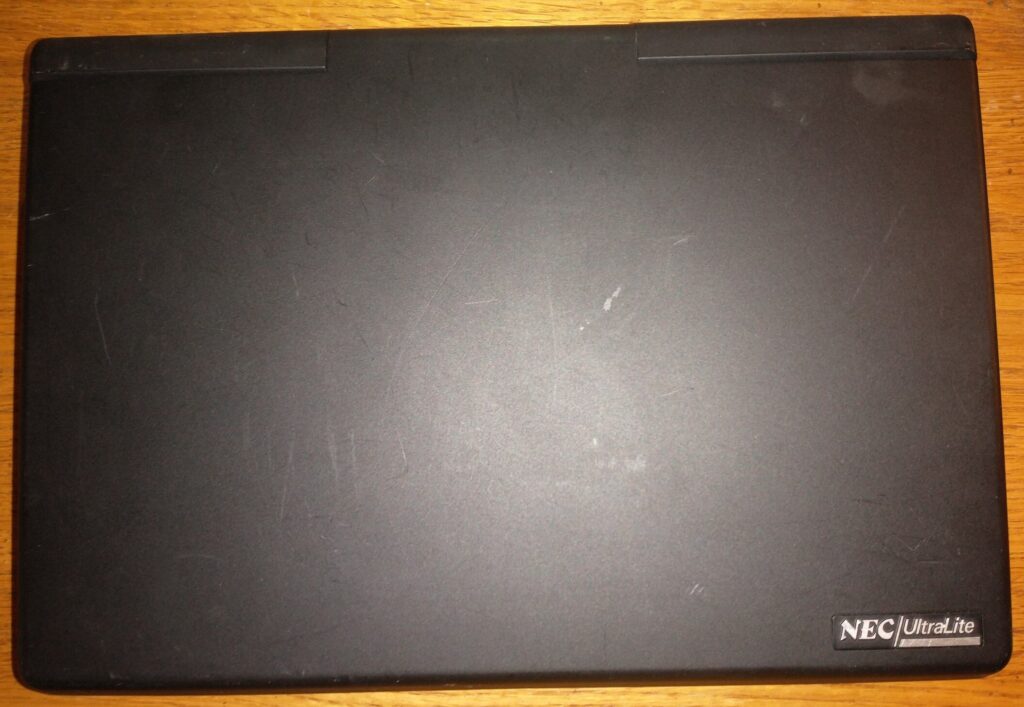
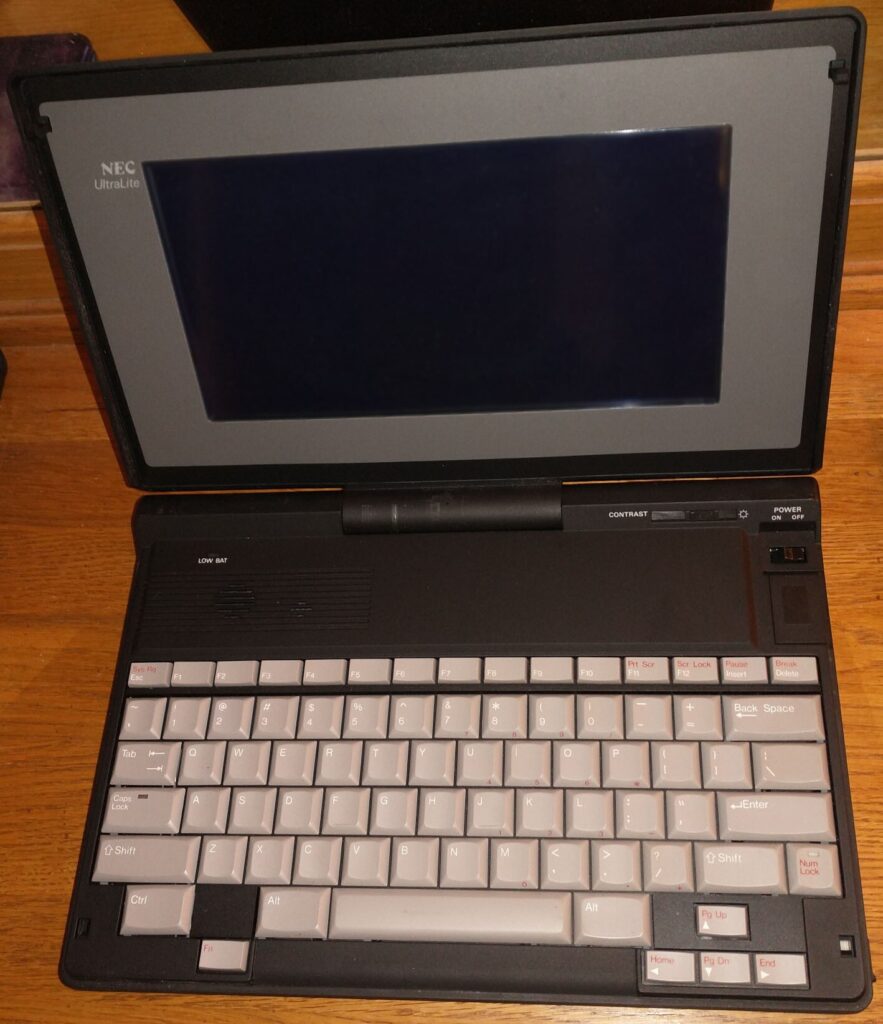
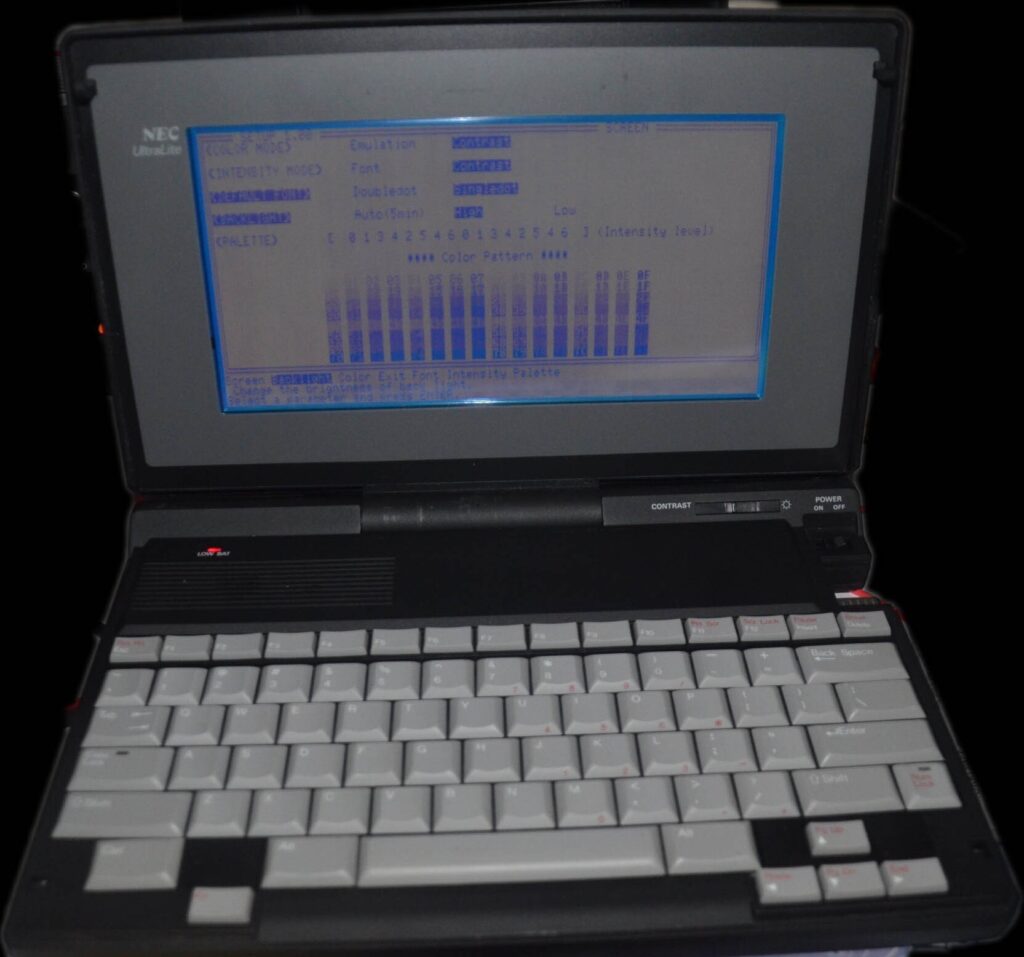
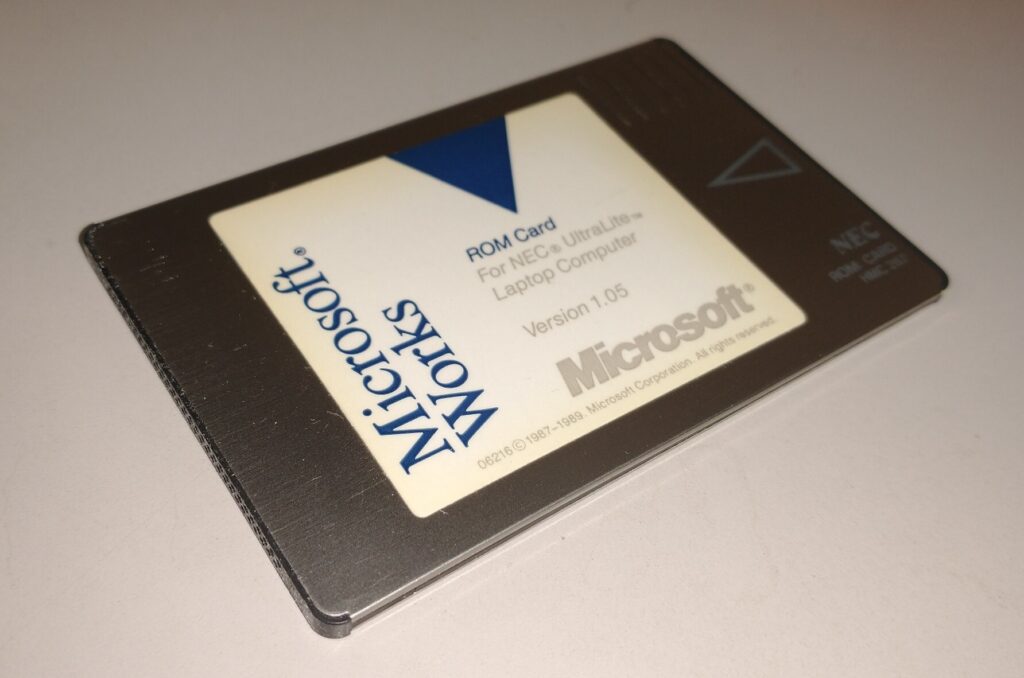
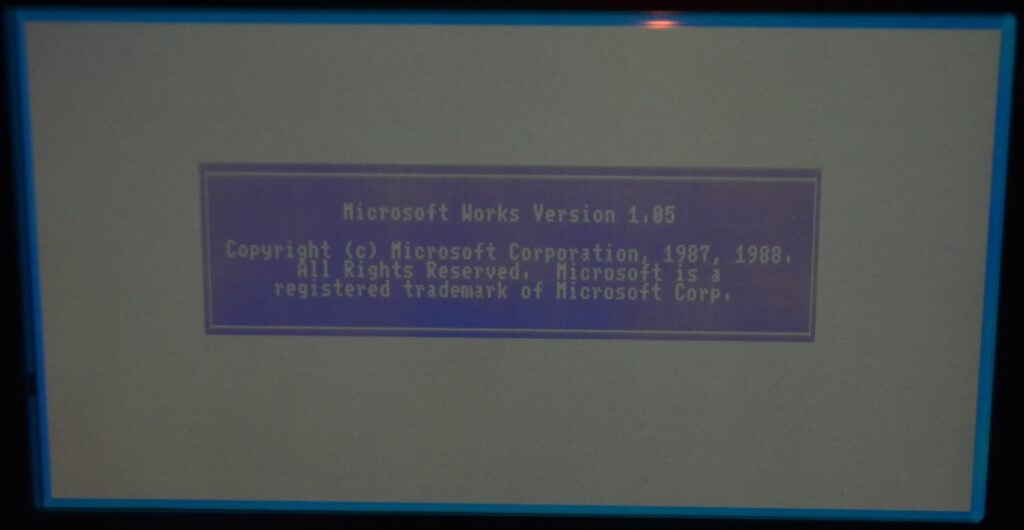
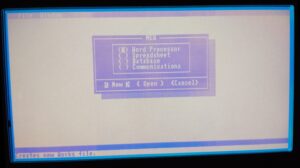
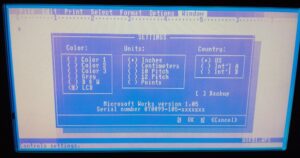
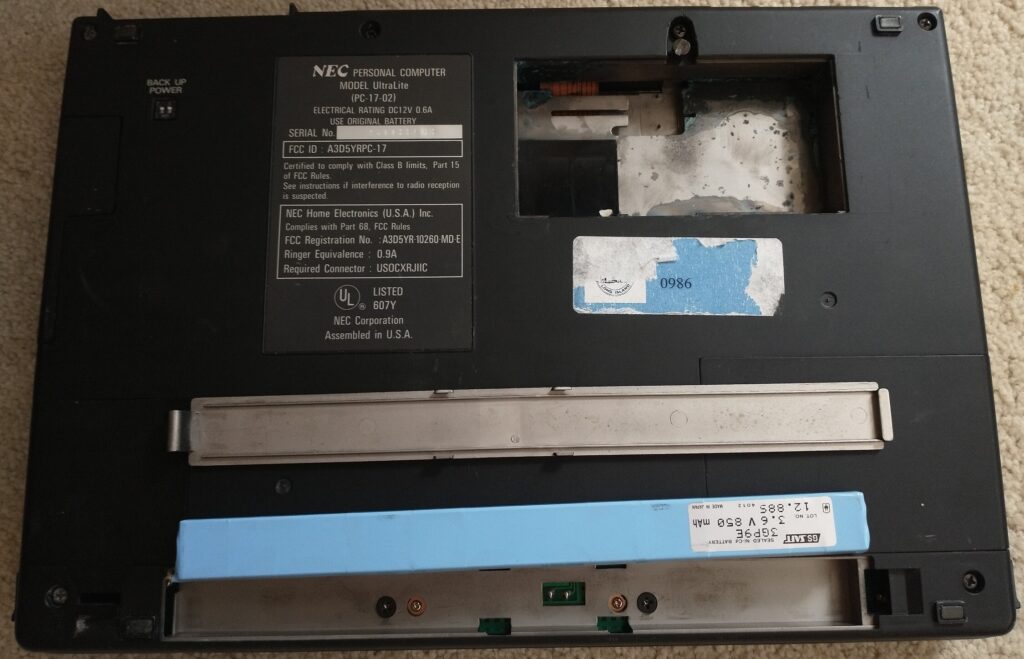

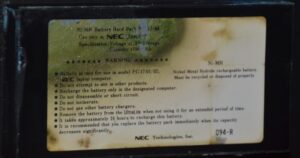
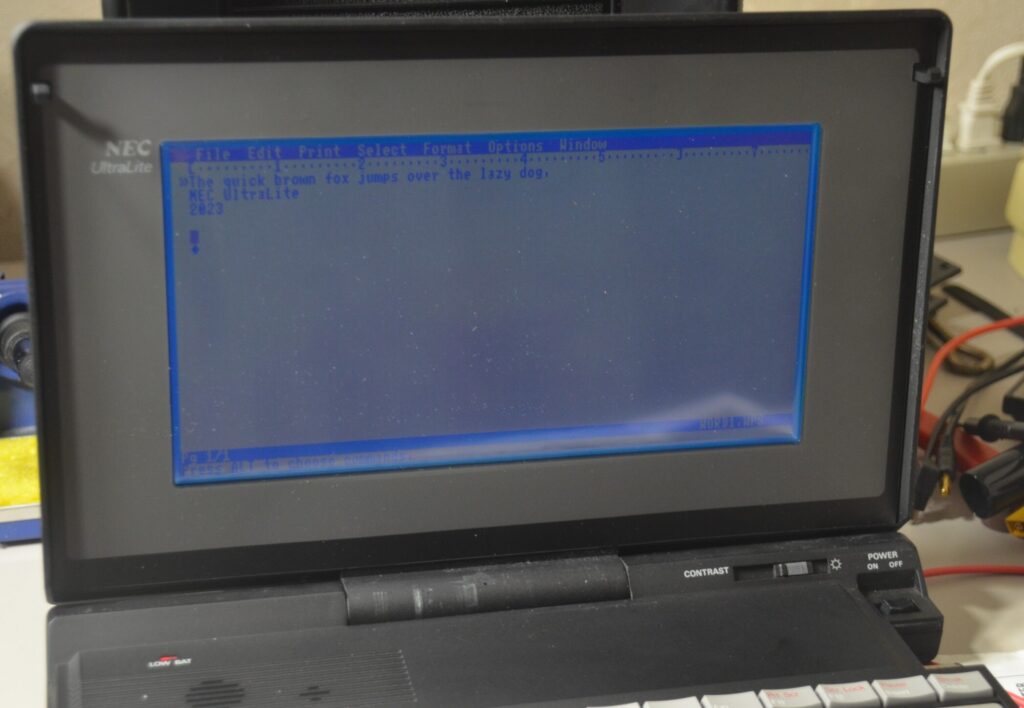
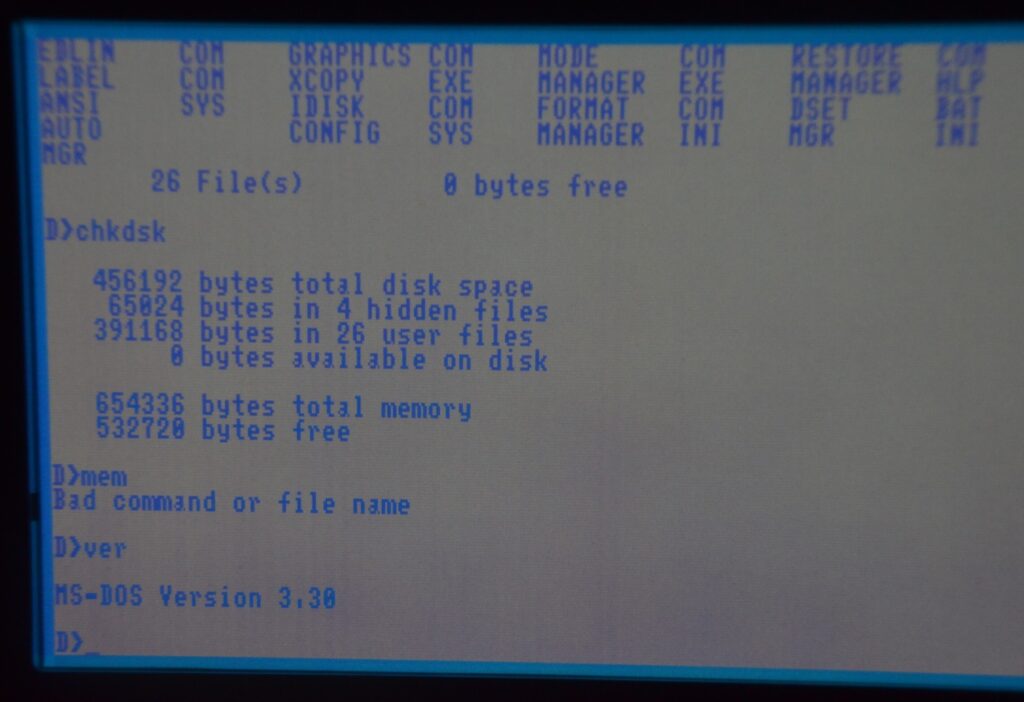

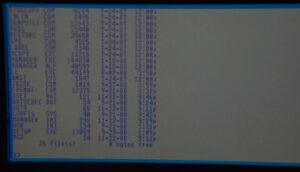

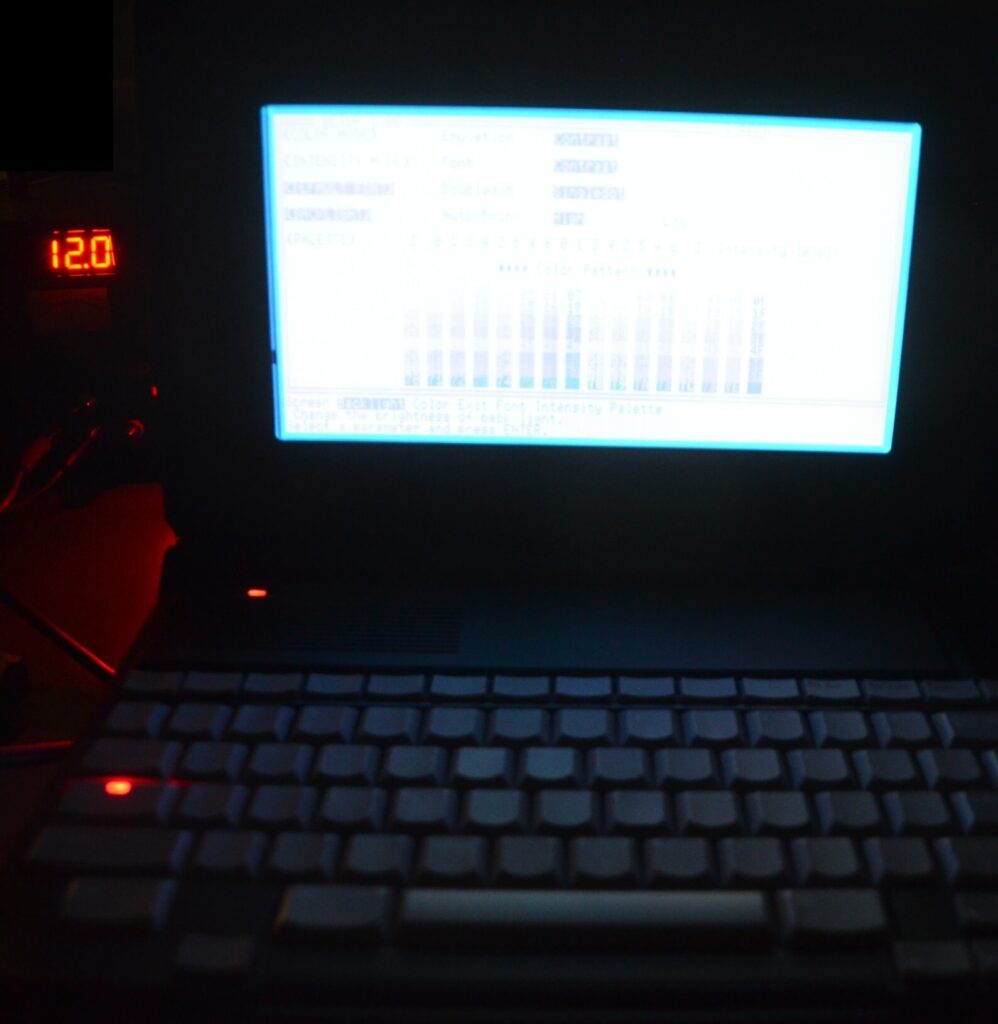


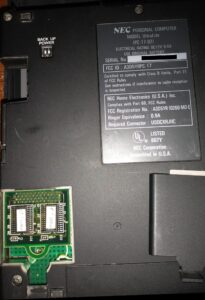


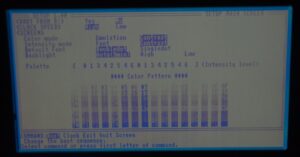
Recent Comments